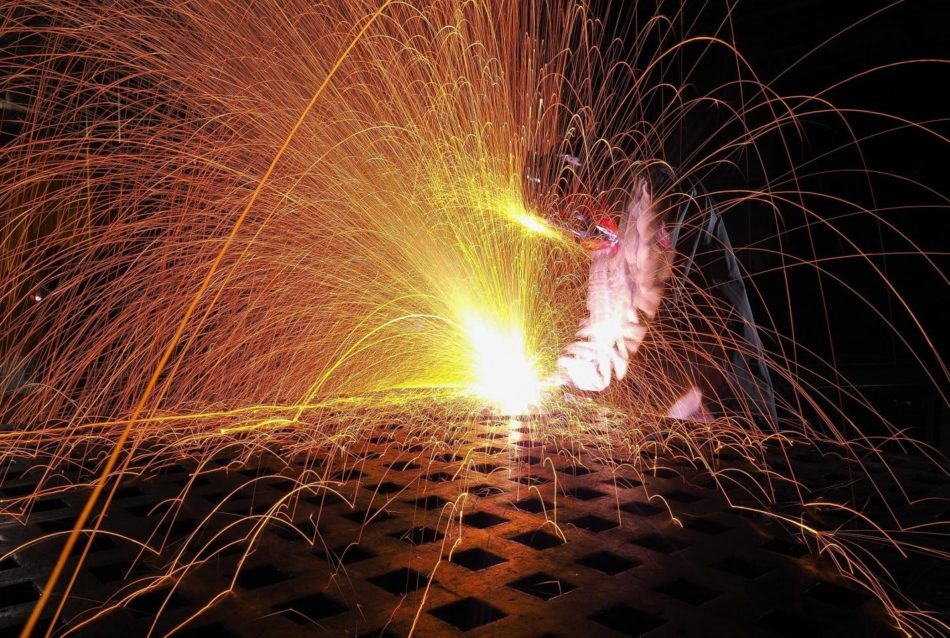The best purge plugs for welding are made from durable, ultra high molecular polyethylene (UHMP) plastic. They are available in a wide variety of high visibility colors. They are quick and easy to install. The dual silicon rings help ensure a perfect seal.
Purge plugs are made from Duravar-Ultra High Molecular Polyethylene
Purge plugs are made from durable, high-temperature polyethylene for welding applications. Click the link: https://en.wikipedia.org/wiki/Weld_purging for more information. They have a dual silicon ring seal to prevent leakage and are available in a wide variety of high-visibility colors. The plugs are easy to install and dismantle. Moreover, they are virtually shatterproof and conform to British Standards BS 8005.
The best purge plugs are designed for various applications, such as welding alloys, stainless steel, and orbital pipework. They are available in a variety of diameters and lengths. Purge plugs can be used for short and complicated welding jobs, such as welding oval tubes, ‘ees,’ and ‘tees’.
The best quality products are highly resistant to chemical attack and are virtually inert to extremes in abrasion and scouring. They also outwear steel by four to six times. They are also self-lubricating and promote smooth material flow, even under freezing conditions.
These plugs can also withstand repeated direct impact blows better than most other engineered plastic materials. They are work-hardened and retains great impact strength from ambient temperatures to cryogenic temperatures.
Purge plugs are manufactured using a special process to prevent leaks in welding applications. These plugs feature a two-seal groove design, which helps to achieve a positive seal. This dual-seal design also holds the plug square inside the workspace. Moreover, it prevents sticking and reduces noise, which is crucial in direct mining operations. It also helps to reduce energy consumption and reduces the amount of downtime caused by machinery.
They permit a minimal amount of argon to leak out
Purge plugs are devices that allow a minimal amount of argon to escape during welding. They have two parts: a dam that holds the argon and an end that is connected to the welding machine. Both parts need to be in place for back purging to be effective.
A typical welding procedure involves filling the entire pipe line with protective gas and supplying a steady flow of argon during welding. However, this method is costly and wastes a lot of argon. A better and more localized way to achieve an inert atmosphere is to use purge plugs for welding at the exposed ends of the pipes or tubes. There are different types of plugs, some of which consist of separate dams, while others are made of water-soluble material.
In addition to purge plugs, there are other devices that allow a small amount of argon to escape for welding. These devices are often called gas diffusers and aid in the uniform flow of gas. They are available in sizes ranging from one-half” to four-inches, and come with a free canvas bag.
Welders can also use I-Purge plugs to control the flow of argon. These devices are inserted into the welding machine’s argon tank and allow a small amount of argon to escape. In addition to purging, they also facilitate cleaning of the gas lines and monitoring equipment.
Welder purge tools are essential for preventing contamination. A good purging process can yield clean welds that have a smooth inside surface, eliminating the need for additional hours of work. A properly installed purge plug can prevent contamination and save countless dollars in the long run.
The process should be followed in every step of the welding process. Click here for more information. It is a complicated process, and it must be done properly to ensure quality results. When performed properly, purging can help eliminate corrosion, discoloration, and oxidation. The process is performed in 10 steps. During each step, the welder should be wearing a protective hat. A welder must be equipped with argon, purge plugs, and a file.
Purge blocks are used to create a local inert atmosphere inside pipe sections, near the desired weld joint. The purge block is typically made of an elongate tube and has two non-inflatable disc-like seals mounted at either end. A small gap between the two seals allows for a minimum amount of argon to escape during welding.
They require constant monitoring
Purge plugs require constant monitoring to ensure quality welding of sensitive alloys. This is required to achieve the required mechanical and corrosion resistance of the welded components. While many commercial monitoring systems are adequate for the most common applications, they may not be sensitive enough for sensitive alloys. For this reason, a high-quality monitoring system must be used.
The best purging systems locate seals on either side of the joint and replace the air with inert gas. They also monitor for potentially damaging gases, such as oxygen and hydrogen, which can result in oxidation and corrosion. Hydrogen, in particular, is a major cause of weld metal porosity. Proper monitoring is essential, as all possible leak paths must be eliminated.
Purge plugs are typically made of a high-performance, high-temperature plastic called Duravar. They are also available in a range of high-visibility colors, which helps to ensure safety. They are easy to use, as welders just push in the plug. The dual silicon rings ensure a tight seal.
Depending on the diameter of the pipe being weld, there are various options for purging. They also have an adjustable feature on the opposite end of the pipe that allows for flexibility on either side of the nominal diameter. Other purging systems, like those developed by Huntingdon Fusion Techniques, can be as small as 5 mm in diameter.
While using a purge plug for welding, you must monitor the oxygen levels continuously. Using a monitor reduces the wait time and gas consumption while welding. It also ensures a perfect weld, as it can also be used to check for residual oxygen. The monitor can be useful for preventing leaks from occurring and is highly affordable.

